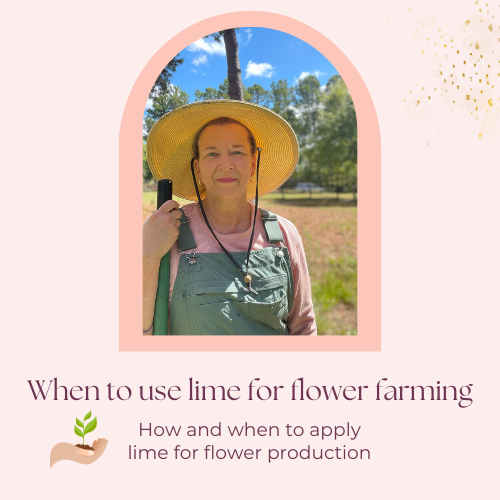
How to Use Lime For East Texas Flower Farming
Always begin with a soil test before applying products to your soil. There are online kits you can purchase that make it easy and affordable. Testing your soil each year and keeping a journal or spreadsheet to track what is working or not working will provide tremendously helpful information over time.
Highly acidic soils hamper fertilizer efficiency, root development and the soils ability to retain water. Treating your field with lime periodically can boost flower production and plant health. A word of warning however, get a soil test before liming your soil.
Which type of lime to use?
Most agriculture lime products are high in magnesium which can create another set of problems if you aren’t careful. Know your numbers! Have I mentioned getting a soil test?
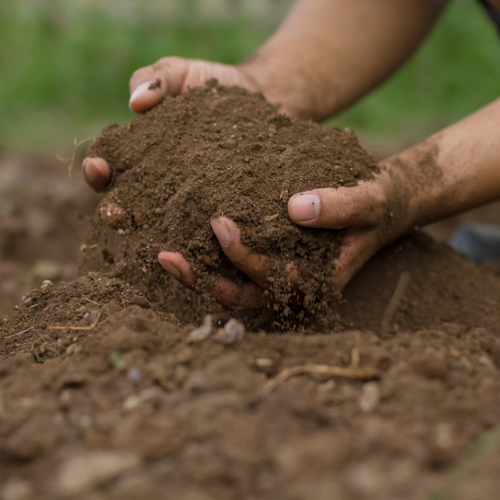
Excessive magnesium can reduce soil aeration, result in phosphorus and potassium deficiencies and combine with trace aluminum in the soil to create toxic substances. Unless your soil is extremely deficient in magnesium and highly acidic (below 5) avoid Dolomitic Lime.
Calcitic Lime is lower in magnesium and less likely to create the issues associated with excessive magnesium in soil. Don’t just focus on raising the pH. Learn what nutrients your soil needs as well.
Fall is a great time to apply calcitic lime to your garden if your recent soil test shows a low Ph (below 6). Highly acidic soils (soils with a Ph below 5) inhibit plant growth and the plants ability to absorb nutrients. Adding lime and lightly turning it into your soil at the end of the growing season allows the garden time to adjust Ph.
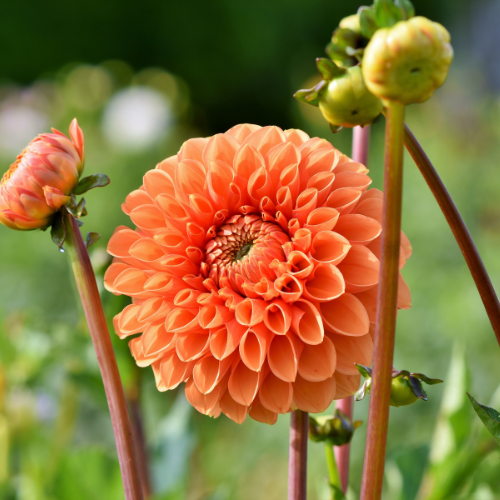
Adding lime to acidic garden soils enhances a well-balanced soil chemistry and pH levels. This improves crop performance and plant health.
Based on my soil test I know that I need about 10 lbs of calcitic lime per 100 sq feet. I’ll use calcitic lime instead of dolomite lime to avoid excessive magnesium. You want to aim for about 6:1 ratio of calcium to magnesium. Dolomite lime can raise the magnesium in your soil too high.
I use a pelletized calcitic lime from Home Depot. Calcitic lime will not increase the magnesium level in the soil and will promote beneficial microorganisms.
Monthly watering with epsom salt solution provides enough magnesium to establish blooms and provide the benefits of magnesium.
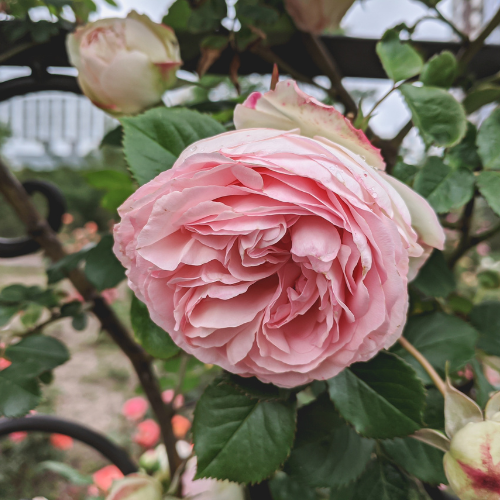
Another important measure to improve your sandy soil is adding organic matter. Wood chips and composted manures are excellent additives to acidic soil.
Always compost chicken or cattle manure for several weeks or months before adding it to your garden soil. Chicken manure is ‘hot’ meaning it is high in nitrogen and can burn plants. Compost it or turn it into your garden in the fall when your growing season has ended to enrich the soil before the next spring. Horse and cattle manures can have weed seed that is still viable if not composted.
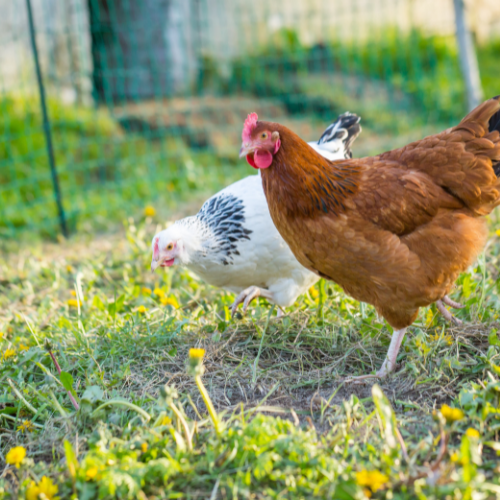
Let’s review:
- Always obtain a soil test before applying agriculture products to your field or garden.
- Adding calcitic lime in the fall can raise the pH of acidic soils thus improving flower production in the next growing season.
- Using calcitic lime is less harmful to your soils beneficial microorganisms and less likely to create toxic magnesium levels.
- Improving the tilth of your soil with organic matter can naturally raise the pH of your soil over time and improve crop performance.
- Using Epsom salt on a regular watering schedule can provide the benefit of magnesium without disturbing the nutrient balance in your soil.
- Keeping a journal or spreadsheet can improve your garden success over time as you review what did and did not have the desired result. This goes for flower performance as well as soil improvement.
Download my free garden journal



